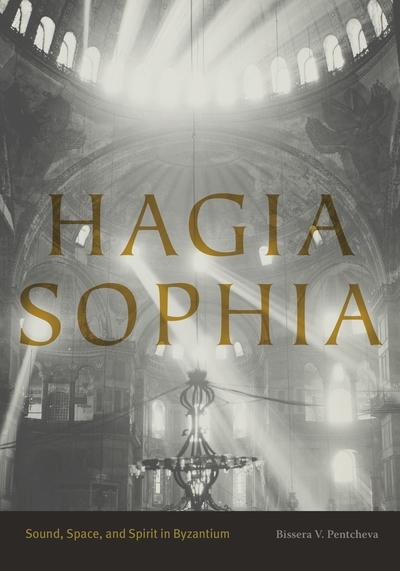The sensual icon
space, ritual, and the senses in Byzantium
- ISBN: 9780271035833
- Editorial: Pennsylvania State University Press
- Fecha de la edición: 2014
- Lugar de la edición: Pennsylvania. Estados Unidos de Norteamérica
- Encuadernación: Rústica
- Medidas: 25 cm
- Nº Pág.: 320
- Idiomas: Inglés

Today we take the word "icon" to mean "a sign," or we equate it with portraits of Christ and the saints. In The Sensual Icon, Bissera Pentcheva demonstrates how icons originally manifested the presence of the Holy Spirit in matter. Christ was the ideal icon, emerging through the Incarnation; so, too, were the bodies of the stylites (column-saints) penetrated by the divine pneuma (breath or spirit), or the Eucharist, or the Justinianic space of Hagia Sophia filled with the reverberations of chants and the smoke of incense. Iconoclasm (726-843) challenged these Spirit-centered definitions of the icon, eventually restricting the word to mean only the lifeless imprint (typos) of Christ's visual characteristics on matter. By the tenth century, mixed-media relief icons in gold, repousse, enamel, and filigree offered a new paradigm. The sun's rays or flickering candlelight, stirred by drafts of air and human breath, animated the rich surfaces of these objects; changing shadows endowed their eyes with life. The Byzantines called this spectacle of polymorphous appearance poikilia, that is, presence effects sensually experienced. These icons enabled viewers in Constantinople to detect animation in phenomenal changes rather than in pictorial or sculptural naturalism. "Liveliness," as the goal of the Byzantine mixed-media relief icon, thus challenges the Renaissance ideal of "lifelikeness," which dominated the Western artistic tradition before the arrival of the modern. Through a close examination of works of art and primary texts and language associated with these objects, and through her new photographs and film capturing their changing appearances, Pentcheva uncovers the icons' power to transform the viewer from observer to participant, communing with the divine.







